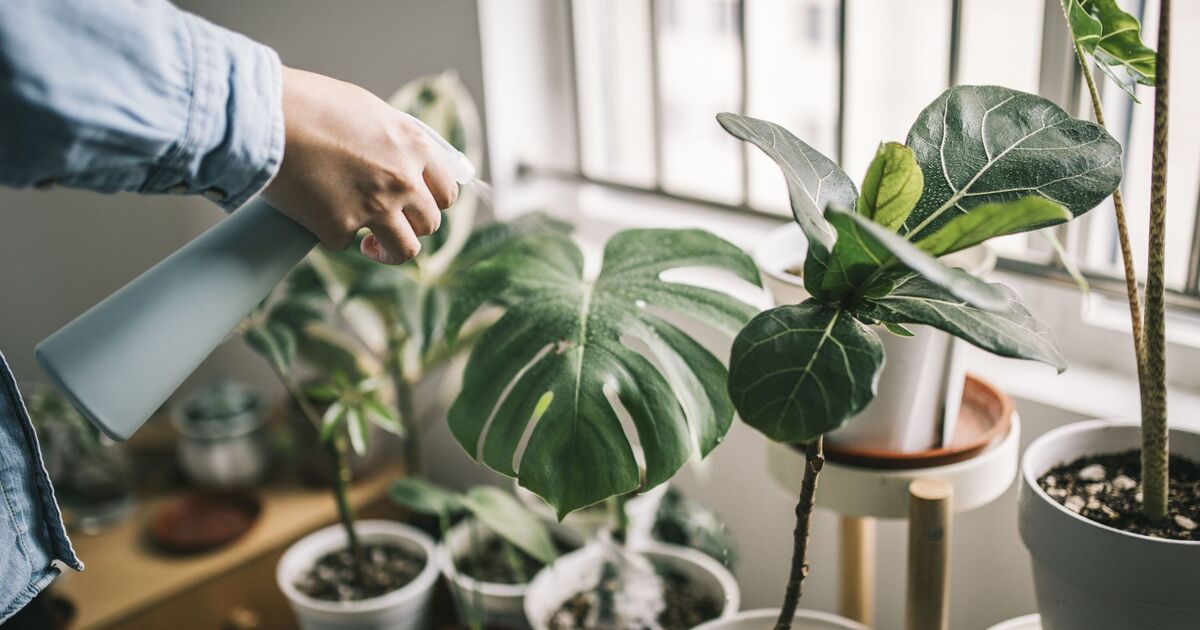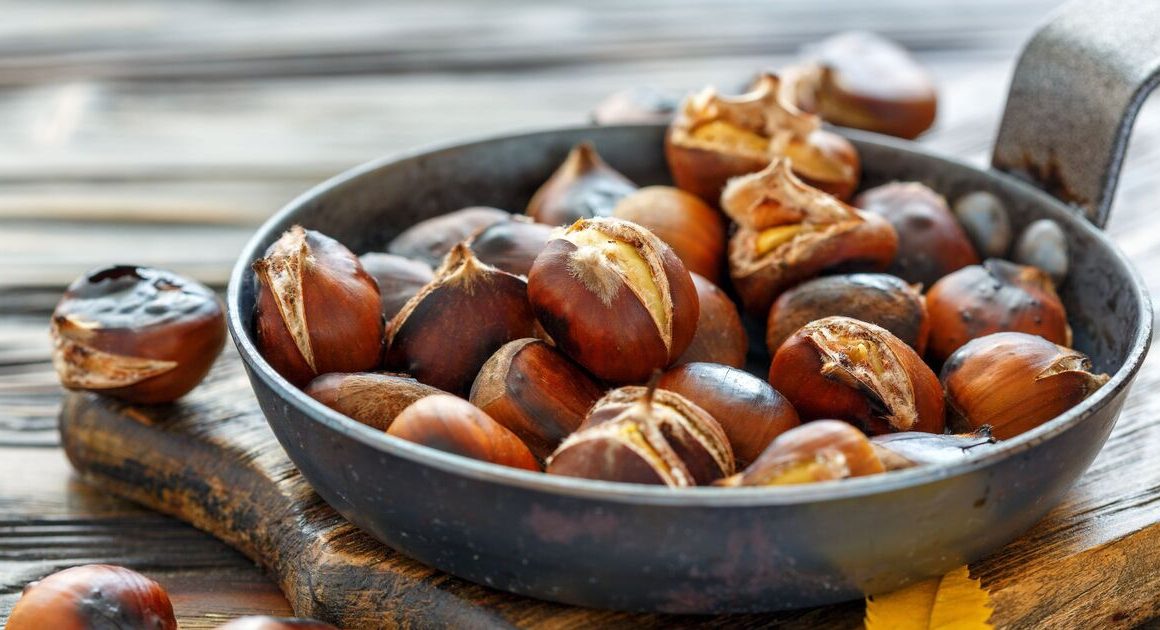Indoor gardening enthusiasts continue to find new ways to recreate tropical environments that allow their plants to thrive, and recent insights highlight how humidity, water, and pH levels can significantly enhance indoor greenery.
Dan, a spokesperson for the plant blog and terrarium supply store Terrarium Tribe, has managed to grow impressively large plants, particularly Alocasia, by focusing on humidity and watering practices.
Speaking to GB News, Dan shared that maintaining high humidity levels has been essential to his success in cultivating what he calls “Jurassic-sized plants”.
His office maintains an average humidity of around 75%, due in part to the dense arrangement of plants. The result is a thriving micro-ecosystem where plants like Alocasia respond with notable growth.
“Over the years, we’ve grown some pretty Jurassic-sized plants at home, and we believe it’s high humidity that’s the key,” he explained.
Alocasias also benefit from liberal watering, which keeps them hydrated and allows them to reach impressive sizes.
Dan found that Alocasia even seems to thrive when slightly pot-bound, making this unique plant care approach accessible for home gardeners.
In addition to humidity, Dan’s experience highlights the importance of understanding individual plant needs.
Alocasias, for instance, require both ample water and a humid environment to flourish.
For indoor gardeners hoping to cultivate lush tropical plants, focusing on creating the right microclimate can yield impressive results.
Another plant enthusiast, known online as @Everythingplants, recently discovered that adjusting the pH level of the water he uses for his plants significantly impacted their growth.
After implementing pH adjustments, he shared the results on social media, showing off nearly “perfect” leaves and an increase in leaf size.
Inspired by a video on pH’s role in plant health, he was thrilled with the transformation, remarking that pH management had led to “almost a perfect leaf” with minimal blemishes.
Studies from the National Institutes of Health second this, showing that pH levels directly influence nutrient availability and cellular processes within plants.
By maintaining optimal pH levels in soil and water, indoor gardeners can better meet their plants’ needs, enhancing growth and flowering.










